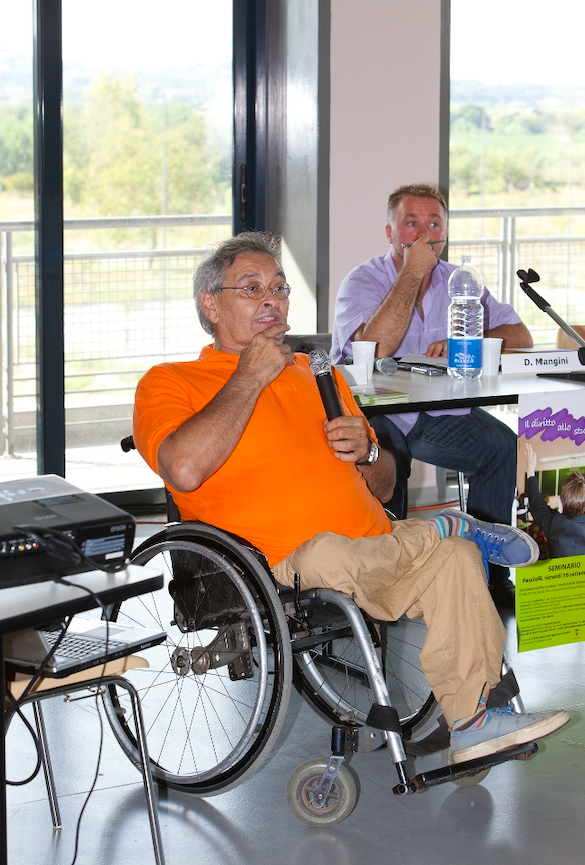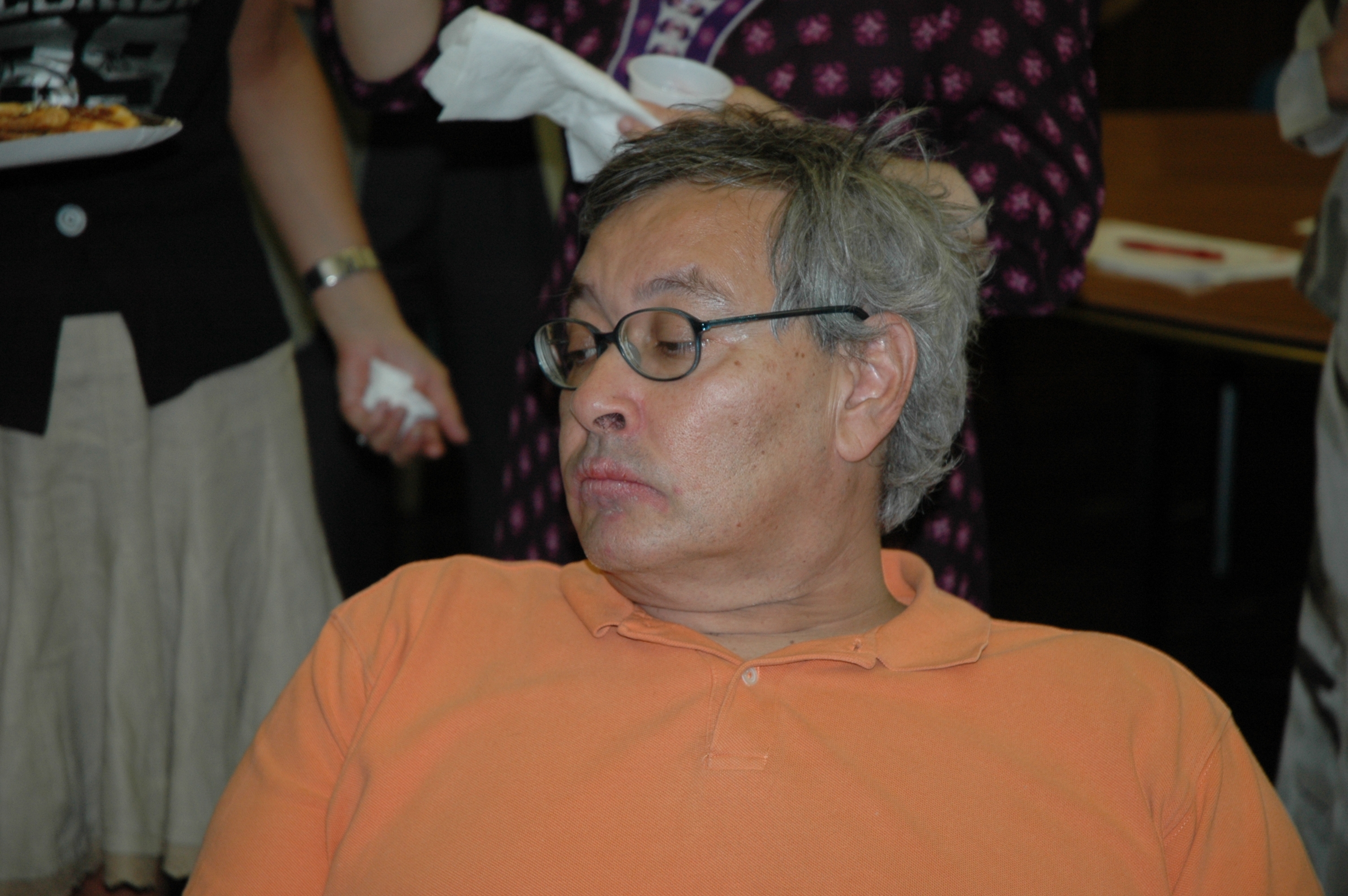
The skills of people with disabilities
Giampiero Griffo
There is a widespread perception in society that people with functional limitations have fewer skills and competences than those who do not appear to have such limitations. Some American Malthusian economists have even gone so far as to create a so-called “disability paradox”: they were astonished to find, while interviewing individuals with a range of functional limitations, that these people declared themselves satisfied with their lives.
The approval of the Convention on the Rights of Persons with Disabilities (CRPD) in 2006, ratified in Italy in 2009, abandoned the medical/individual model for people with disabilities, which attributed their exclusion to their own psycho-physical state, introducing instead the social model based on human rights. In fact, the definition of disability contained in the CRPD introduces a new paradigm: "disability results from the interaction between persons with impairments and attitudinal and environmental barriers that hinder their full and effective participation in society on an equal basis with others."
The focus shifts from the characteristics of the person to the way society takes those characteristics into account when establishing procedures, products, and services. If we think of Oscar Pistorius, who ran the 200 metres at the Olympics despite being a double amputee, or Stephen Hawking, one of the most important cosmologists, who used an electric wheelchair and communicated through a computer, we realise how much the negative social stigmas attributed to functional limitations must be overcome. The concepts to be used have changed profoundly. Every human being has functional limitations: none of the readers of this article can claim to have a human body that performs at 100% of human capacity, in terms of physical, intellectual, relational or emotional performance. On the contrary, the WHO reminds us that over the course of their lifetime all human beings will experience some form of disability.
This new approach has several important consequences. The evaluation of a person's skills is not based on physical limitations – assigning a negative value to what is identified as a disability – but on the way people function. It is not possible to reduce a person to a disability, because the skills (professional, those that develop in response, etc.) and adaptive potential that human beings develop are cancelled out. Analysing the context brings to light the burden imposed on people with certain characteristics by the barriers, obstacles, and discrimination of the physical and social environment built by society (e.g.: transport and buildings built without considering people who are blind, deaf or who use a wheelchair).

Then there is the tremendous growth of aids that overcome natural limitations. Tools that promote mobility, software that allows blind people to read and write, technologies that transform spoken language into written language for deaf people, electronic prostheses for amputees, technological tools for communicating and working remotely. Just think about how each of us has become “post-human” by using computers and cell phones, and how soon we will be inundated with products that use artificial intelligence. In the workplace, things are currently used in a targeted way (“technical tools that make it possible to properly assess people with disabilities in their working capacity and to place them appropriately, analysing jobs, forms of support, positive actions and solutions to environmental problems, tools and interpersonal relationships in places of daily work and relationships", art. 2 Law 68/99); reasonable accommodation is provided (“the necessary and appropriate changes and adaptations that do not impose a disproportionate or excessive burden are adopted, where there is a need in particular cases, to ensure that people with disabilities enjoy and exercise, on an equal basis with others, all human rights and fundamental freedoms”, art. 2 of the CRPD and art. 9 Law 99/2013), to adapt workplaces and workstations to the characteristics of people with disabilities.
There are also laws that protect people with disabilities from discrimination and harassment (Law 67/2006 and Legislative Decree 216/2003), to counter those who discriminate against these people. However, other tools have been developed that, rather than focusing on rehabilitating people with disabilities to recover lost functionality (often an unattainable goal), support these individuals’ empowerment based on how they function. Other tools favour a process of overcoming the social impoverishment that these individuals have experienced, to develop appropriate empowerment which, by strengthening their social and behavioural skills, promoting independence, self-determination, independence, and social inter-independence (through peer counsellors) will allow them to build independent lives.
This new way of assessing the capabilities of people with disabilities is accompanied by the richer professional skills acquired by them: there are currently 17,000 university students with disabilities, plus 11,000 with specific learning difficulties. All that people with disabilities need, to participate in social activities of all kinds on equal terms with other citizens, is a combination of the following: an assessment of a person's mode of functioning, analysis of the physical and social environment they live and carry activities out in, knowledge of technical and technological aids, and empowerment and enabling processes. You just need to know how to value their skills.